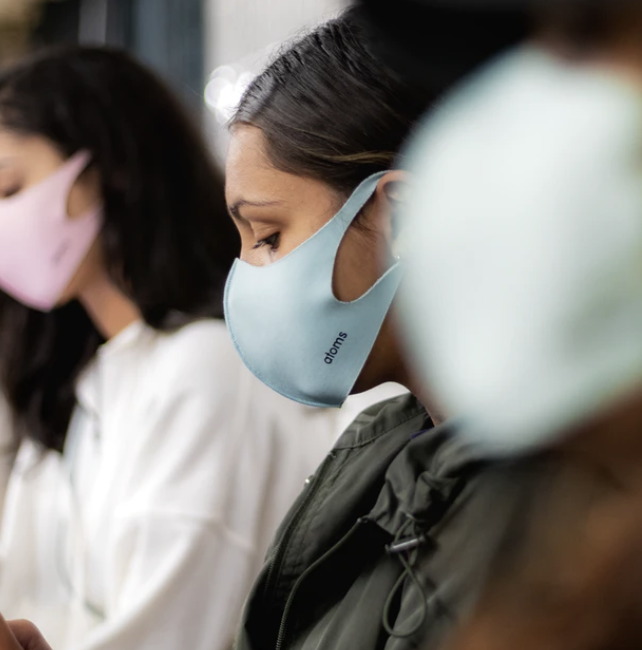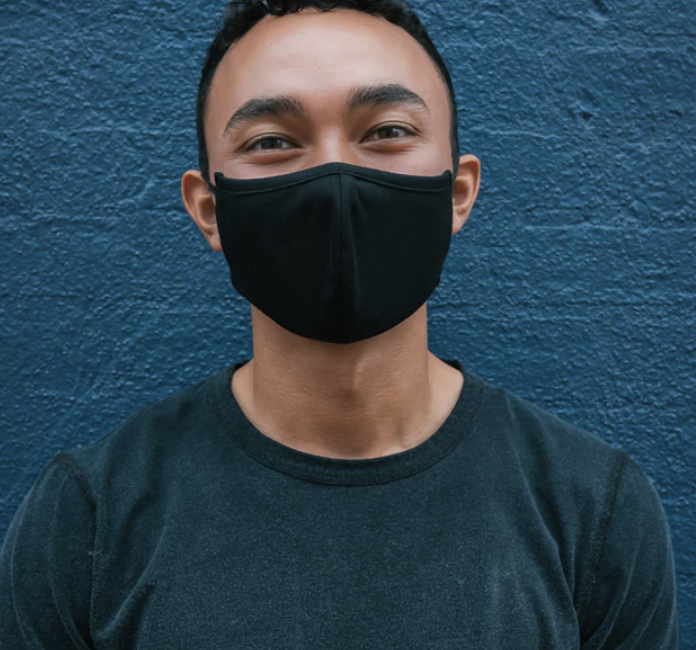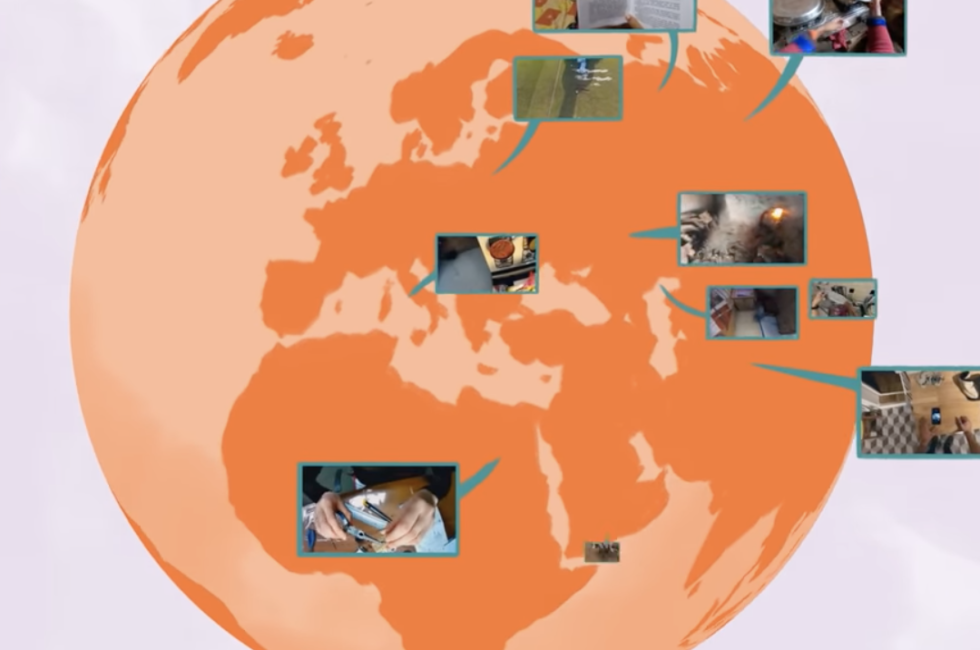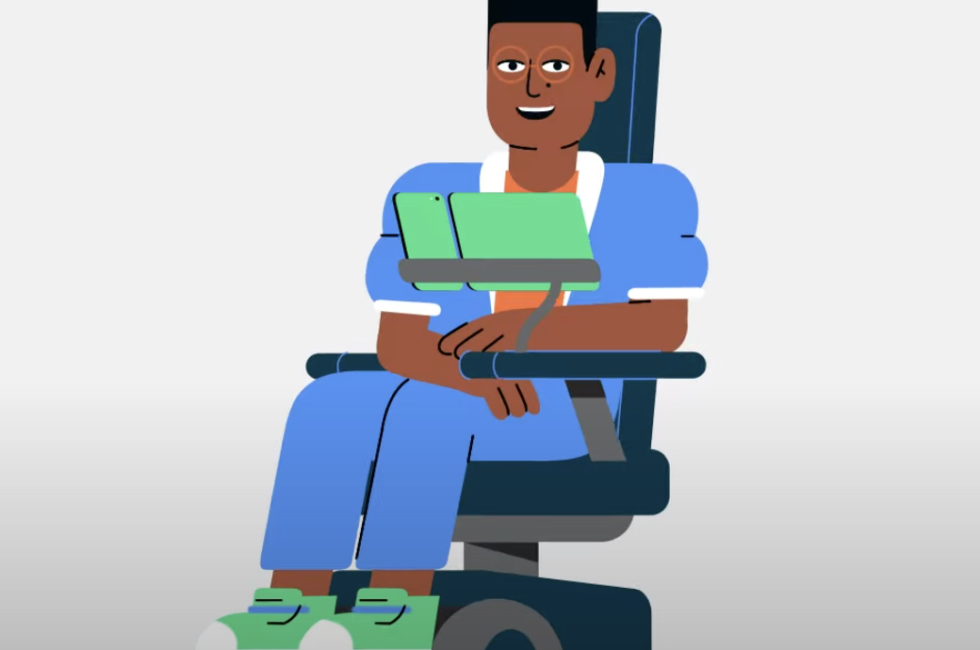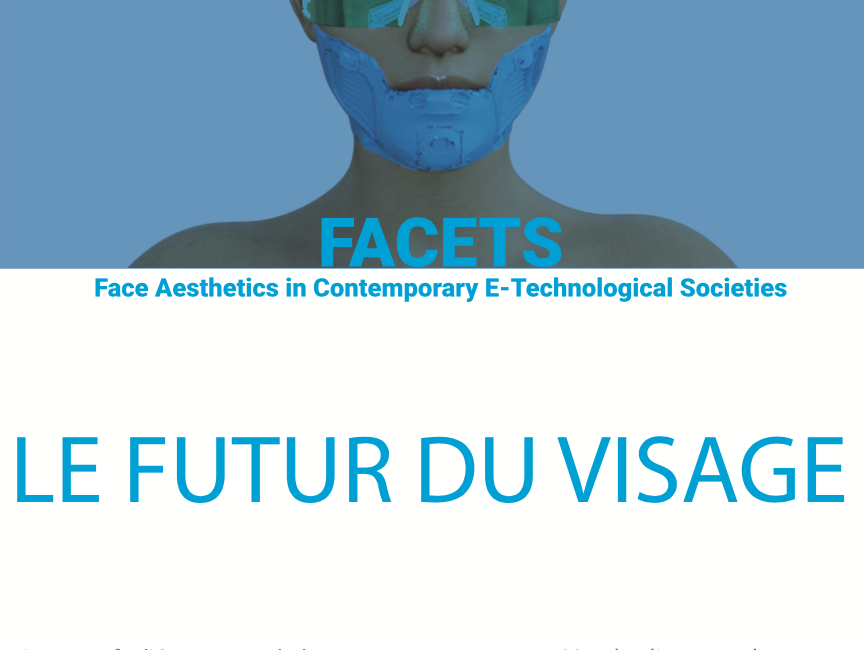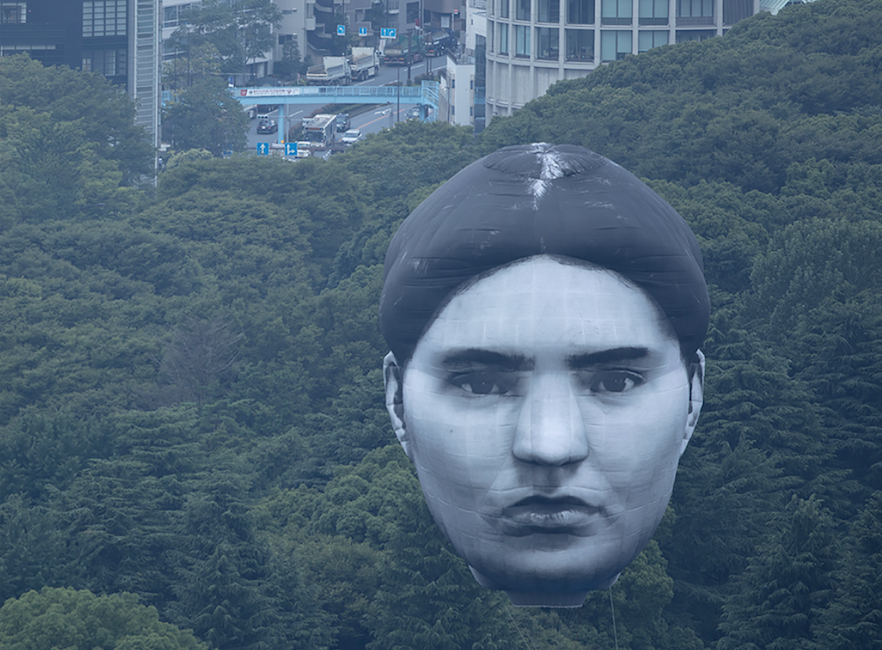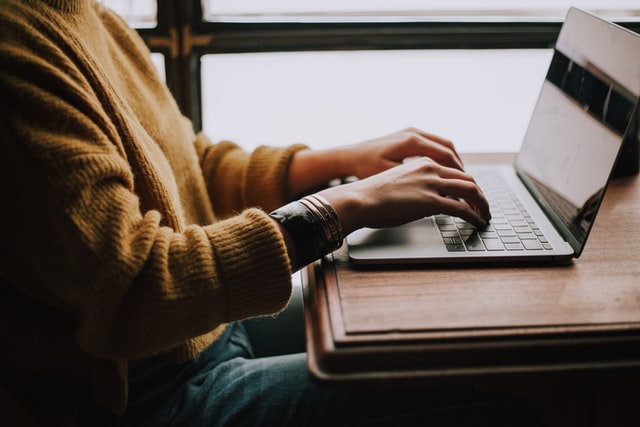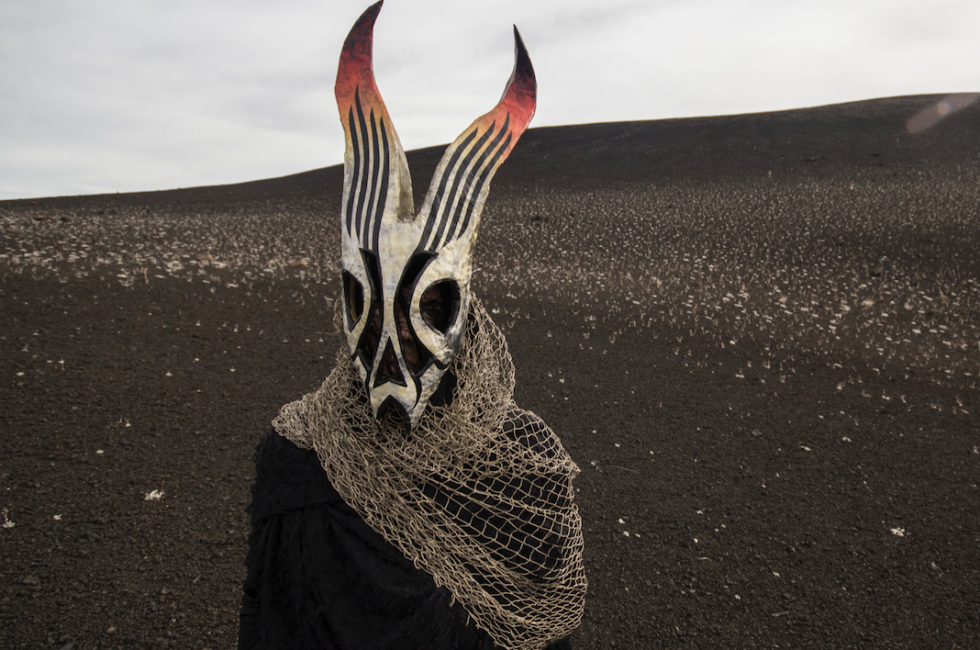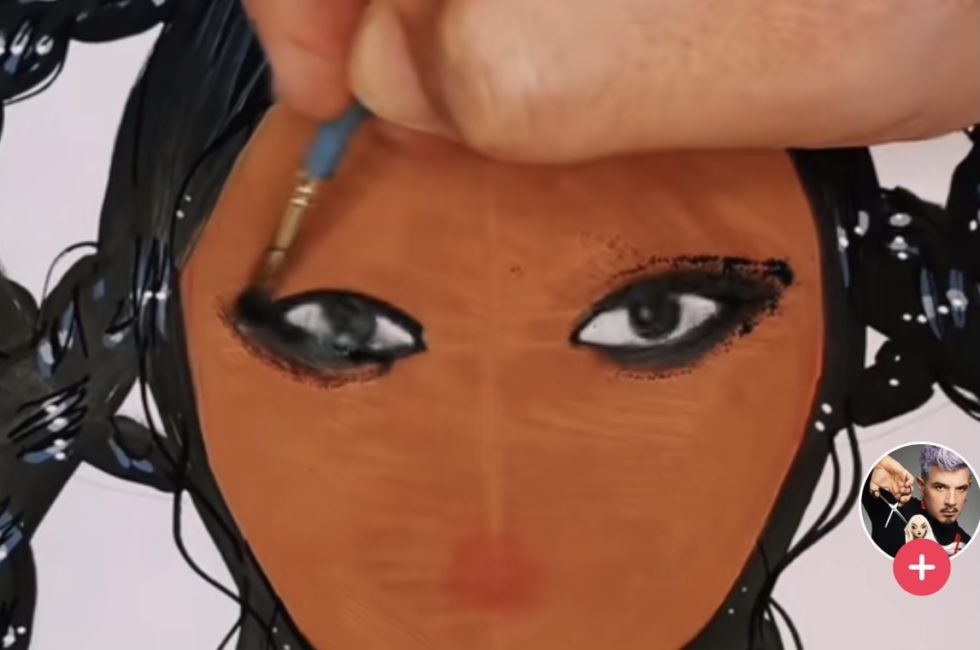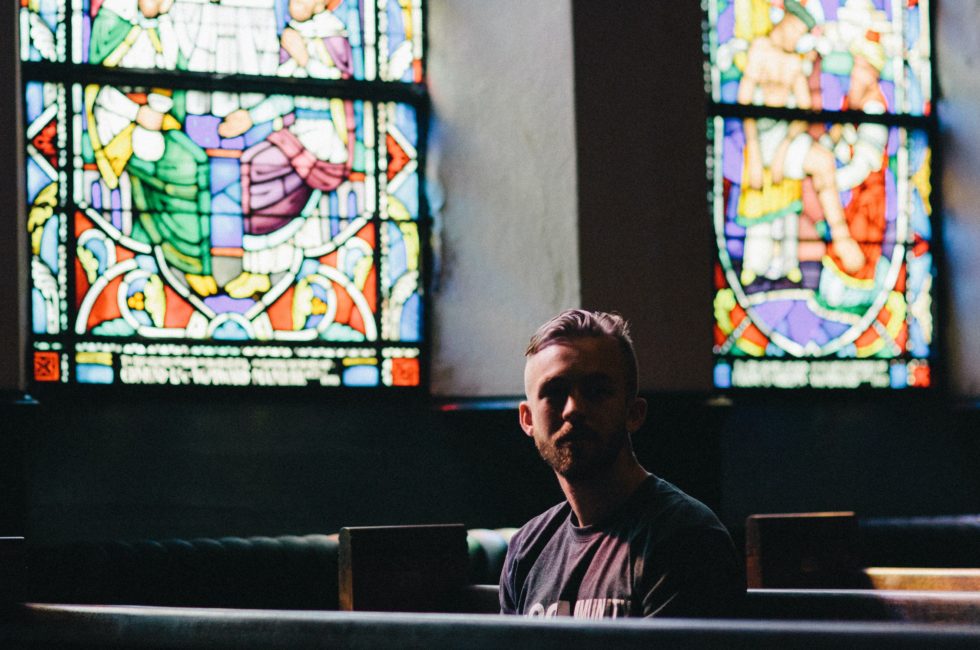South Korea plans to use AI face recognition to trace positive cases of COVID-19. AI face recognition technology will help to track the movement of people infected with the coronavirus.
Scholars from Cardiff University conducted a study which suggests that use of face mask makes face more attractive.
Facebook and their VR technology Oculus are looking to create AI with the face. Ego4D is a complex technology which will use first person videos to understand egocentric reasoning in decision-making. AR spectacles will see the world exactly as users see it, reports BBC.
Eye tracking and face motion tracking technology is used by Google team in the revolutionary project to help people with disabilities. New tools are available for Android and aim to augment users’ abilities to interact.
Japanese artist collective Mé created an enormous balloon representing a human face. The artwork is titled Masayume meaning “prophetic dream”. This is the aerial piece launched from a park in the Shibuya district as part of the 2021 Tokyo Tokyo Festival. The image of the face was chosen from 1000 submissions.
The Global Observatory on Artificial Intelligence proposed a new means of controlling the ethical application of AI in cities. It is being launched jointly with London and Amsterdam within the context of the Cities Coalition for Digital Rights. There are other parties, including Barcelona Centre for International Affairs, who collaborate in this initiative.
Artist and mask-maker Jym Davis during his United States National Park Artist-In-Residency at Lassen Volcanic NP and Craters of the Moon Monument created “lava monsters”. In volcanic locations including Lassen Volcanic National Park in California, Craters of the Moon National Monument in Idaho, and Lava Beds National Monument in California Davis unified nature and art […]
Artist Joshua David McKenny shows how face animation filter can bring to life his creations. Joshua is a designer of dolls who shares his works with TikTok users. He shows how AI algorithm works on facial features even when they are not completed yet.
During ExpoCristiana event a Brazilian company propose to manage church with AI technologies. Facial recognition will help to define gender, age, attendance, arrival time, likely reasons for being late, and many others. Technology also would be able to suggest if someone needs a pastoral visit.
